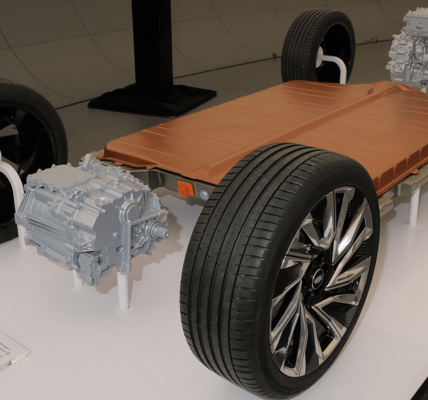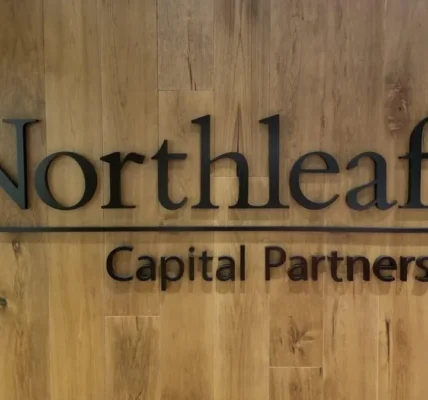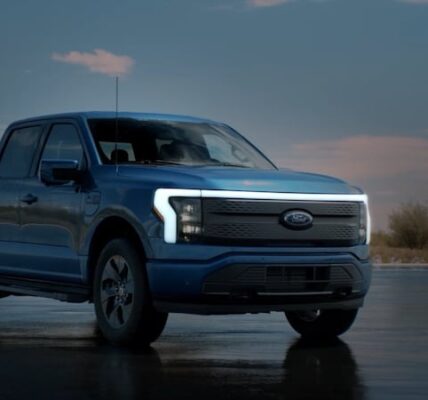Although electric vehicles have taken huge steps toward mainstream adoption over the past few years, at least one major barrier remains. As Tesla and others work to expand their charging networks, consumers may still struggle to go electric until public charging becomes more extensive — and reliable.
EVSession founder Bill Ferro detailed a significant need to make chargers more reliable. Ferro’s platform EVSession lets drivers track charger reliability, drawing on experiences when unreliable chargers almost left him stranded. While most EV owners charge their vehicles overnight at home, enough for the average commute to work, long-term road trips are a different story.
“I think [public charging] is the thing that is, right now, in the way of mass adoption,” Ferro told The Atlantic. “Five years ago, it was range. Now the infrastructure is deterring those people who are just not gung ho about getting an EV.”
Ferro recounted a time when he was nearly stranded around midnight with his BMW i3 years ago, when a charging stall in a mall parking lot wasn’t working and wasn’t unlatching from his car. He was luckily able to figure out how to unlatch after some time, before he was forced to rush several miles to a different charging station. Now, Ferro drives a Tesla, giving him access to the company’s Supercharger network.
Not only are Superchargers considered the most extensive and reliable charging network in the US today — with over 12,000 charging stalls across the country — but they’re also easy to navigate. And while they aren’t public, the company will officially open them to Ford EVs next year, and maybe more down the road.








